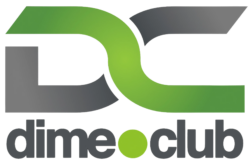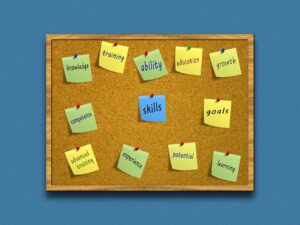
In today’s fast-paced world of information consumption, creating engaging content is more critical than ever. Content creators, marketers, and communicators all face the challenge of reaching their intended audiences effectively. One of the essential strategies in this endeavor is the ability to modify existing material to better align with the needs, interests, and preferences of your audience. This article will explore the importance of tailoring content and provide practical steps to achieve this.
The Importance of Audience Understanding
The foundation of effective communication lies in understanding your audience. This includes knowing their demographics, interests, pain points, and preferences.
By developing a clear picture of your ideal audience, you can modify your messages to resonate with them. For instance, content intended for young adults may use colloquial language and incorporate cultural references, while content directed at a professional audience may adopt a more formal tone.
Identifying Key Modifications
When adapting your content, consider the following key areas to modify:
-
Tone and Style: Adjust your tone based on your audience. A friendly and conversational tone may work well for lifestyle blogs, while a more authoritative tone might be necessary for academic articles.
-
Language Complexity: Tailor the complexity of language to suit your audience’s comprehension level. Use simple language for general audiences, while more technical jargon can be appropriate for specialized fields.
-
Format and Structure: The way information is presented can impact engagement. For example, younger audiences may prefer bite-sized content, while detailed reports may be suited for professionals and academics.
-
Visual Elements: Visual content should also reflect audience preferences. Use images, infographics, or videos where relevant, but ensure they align with the tastes and interests of your audience.
-
Content Length: Consider how much time your audience is willing to invest in consuming your content. Shorter articles may be appreciated by busy professionals, while in-depth analyses may engage enthusiasts looking for comprehensive information.
Collecting Audience Insights
To effectively modify your content, it’s essential to gather insights about your audience. Here are several methods to collect this data:
-
Surveys and Polls: Conduct surveys to understand your audience’s interests and preferences directly. Ask them about their content preferences, topics of interest, and preferred formats.
-
Analytics Tools: Utilize analytics to track engagement metrics on your website or social media. Identify which pieces of content perform best and analyze why they resonate with your audience.
-
Engagement on Social Media: Monitor comments, shares, and likes on social media platforms. Audience interactions can provide valuable insight into their feelings and opinions.
-
Feedback Loops: Encourage open feedback on your content. This could be through comments, emails, or even focus groups. Actively listening to your audience can reveal useful information about how to modify your content effectively.
Practical Steps for Content Modification
With insights in hand, here are practical steps for modifying your content:
-
Create Audience Personas: Develop distinct personas for different segments of your audience. This can help tailor your messaging more effectively.
-
Utilize A/B Testing: Test different variations of your content to see which resonates best with your audience. A/B testing can help you identify what works and what doesn’t.
-
Revise Existing Content: Regularly revisit your existing content and update it based on audience feedback and changing preferences. This ensures your content remains relevant and engaging.
-
Collaborate with Experts: Sometimes, bringing in subject matter experts can enhance the credibility of your content. This could be particularly effective in specialized fields.
-
Stay Informed: Keep up-to-date with industry trends and emerging topics that may interest your audience. Continuous learning will help you stay relevant.
The Role of Technology
Technology plays a vital role in content modification. Various tools and software can assist in personalizing content for different audience segments. For example:
-
Content Management Systems (CMS): These platforms often have features that enable targeted content delivery based on user behavior.
-
Data Analytics Tools: Utilize analytics software to track user engagement and learn about audience preferences in real-time.
-
Social Listening Tools: These tools can help monitor conversations online, providing insights into audience interests and sentiments.
Conclusion
Modifying content to align with audience preferences is an ongoing process that requires careful consideration and effort. By understanding your audience, gathering insights, and continually adapting your content, you can create meaningful engagement that drives better results.
In a world inundated with information, taking the time to modify your content will make a significant difference in how it is received. Remember: the key to effective communication lies in the ability to connect with your audience on a personal level. Feel free to experiment, gather feedback, and adjust your approach as needed. Happy creating!







